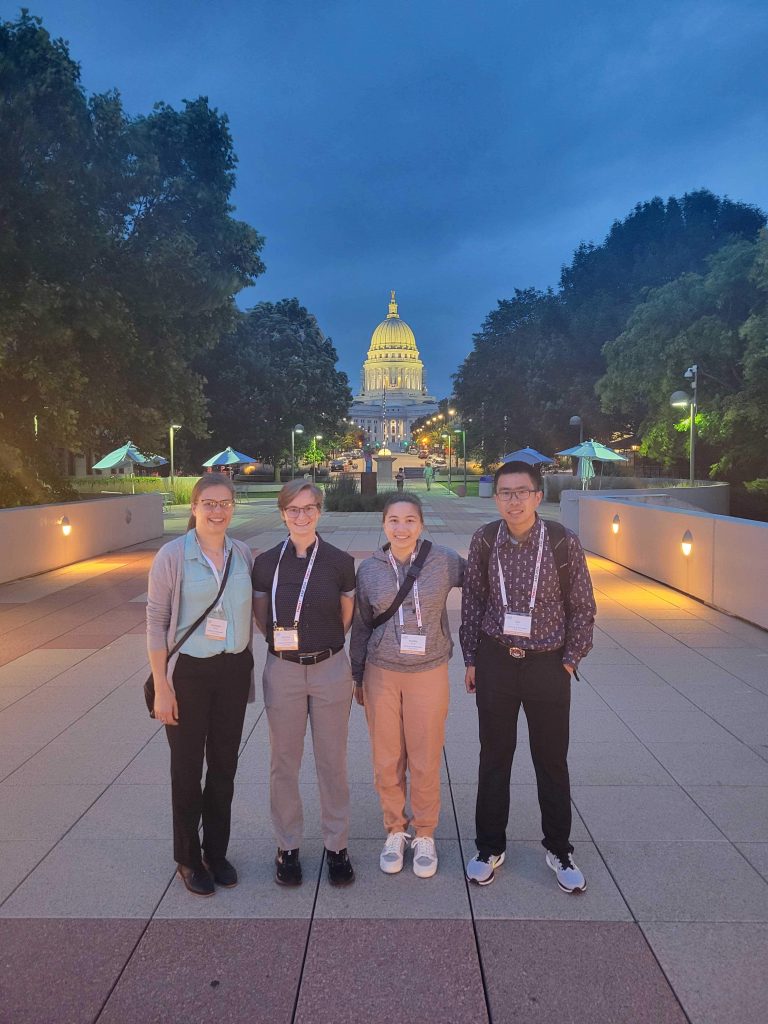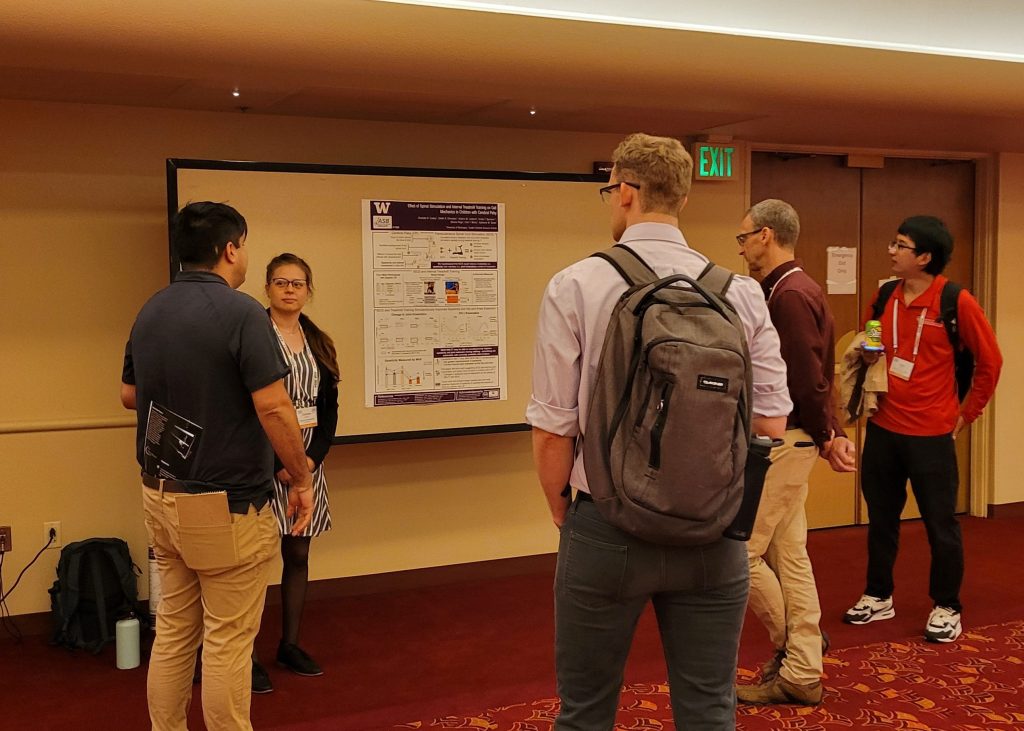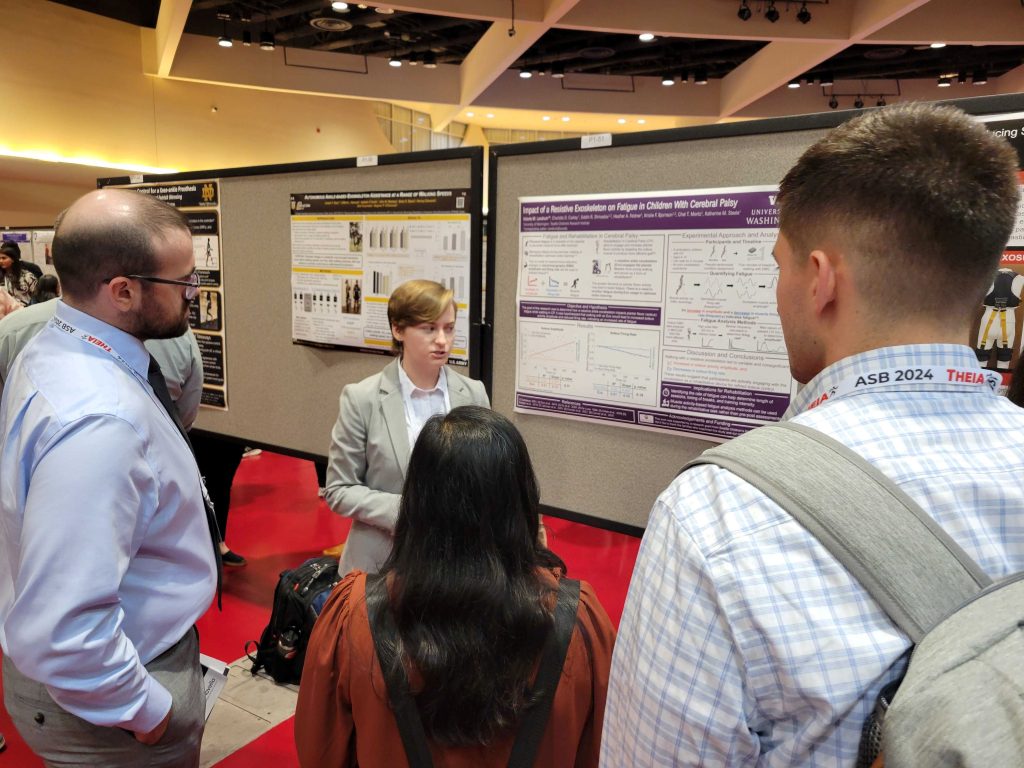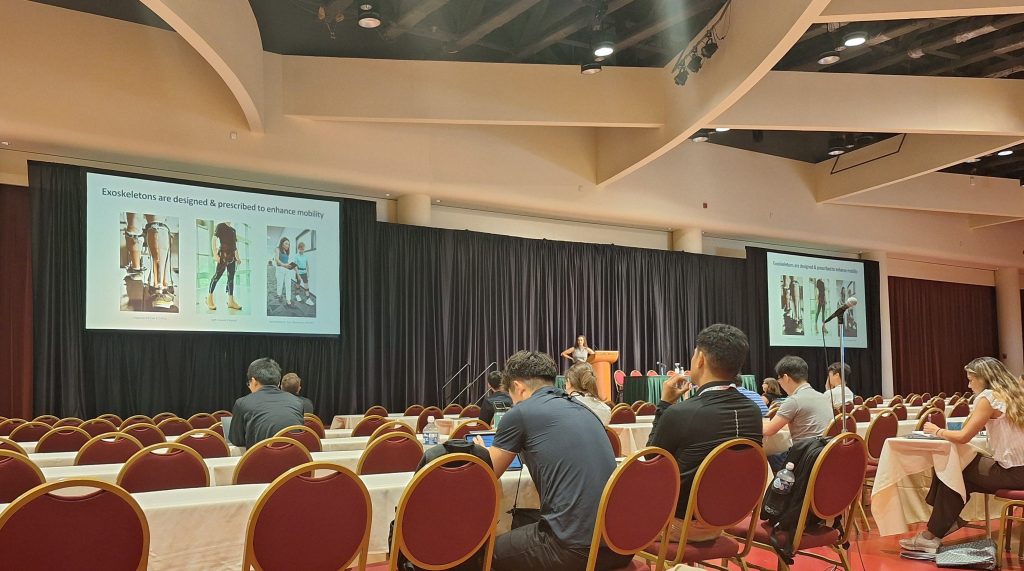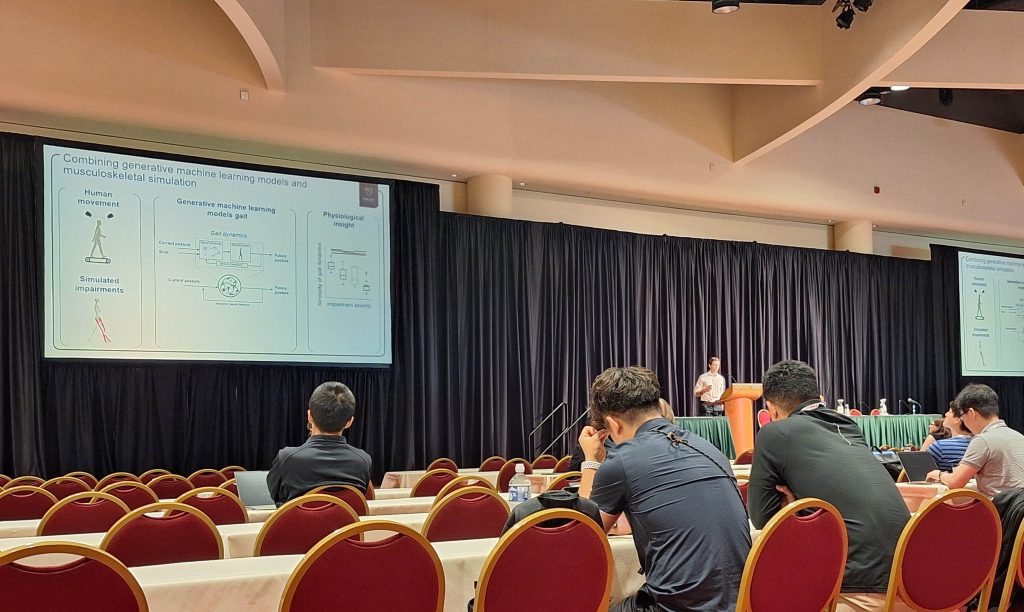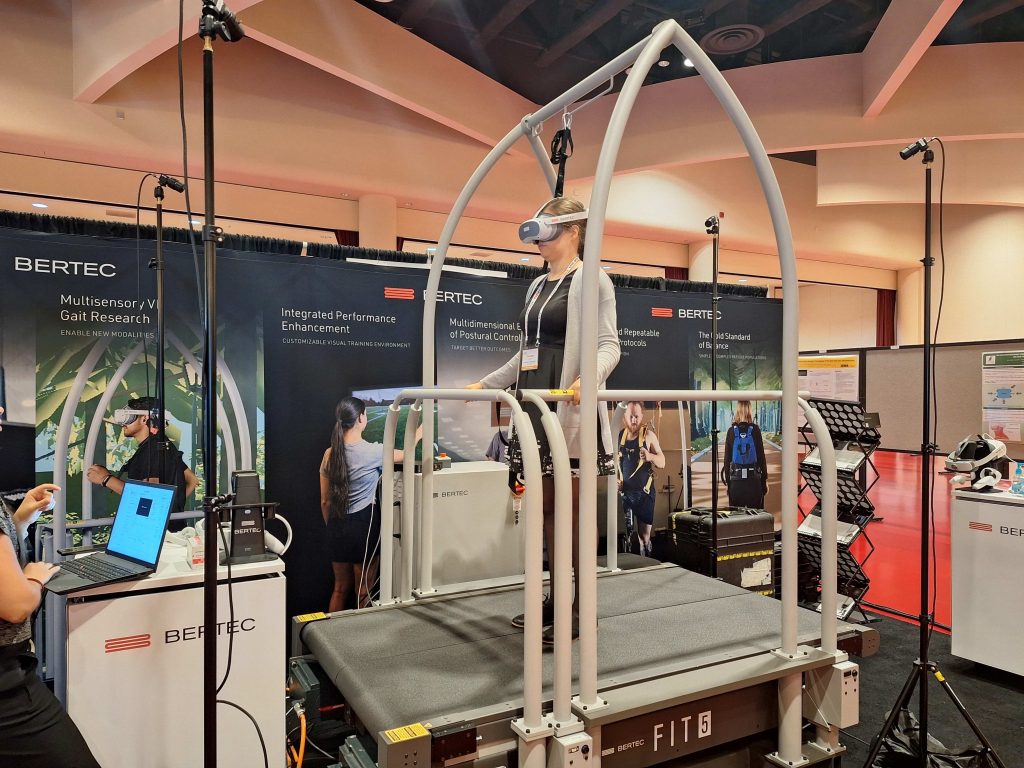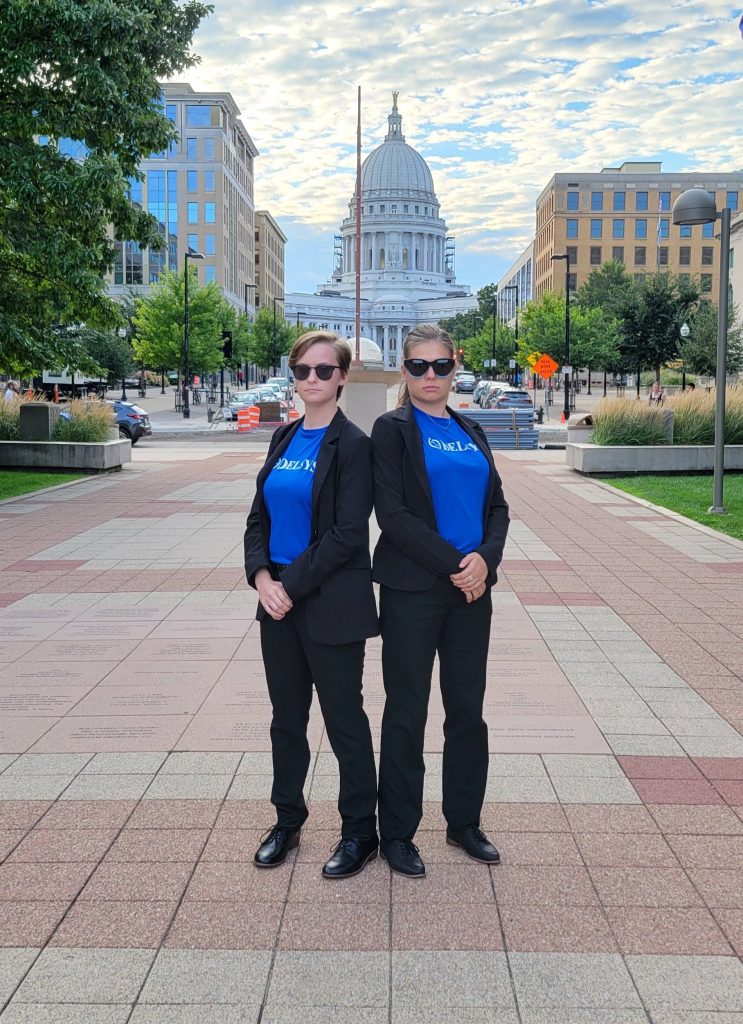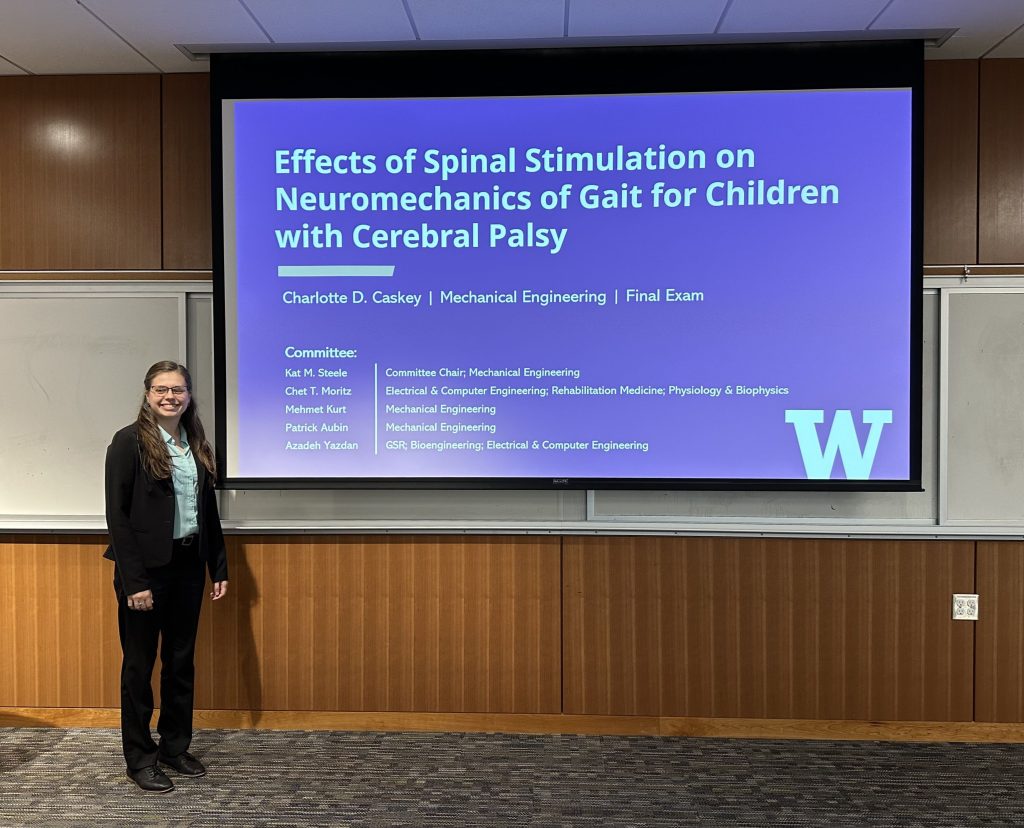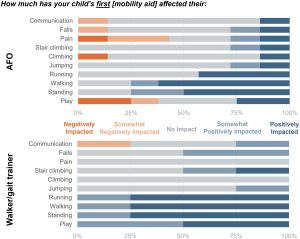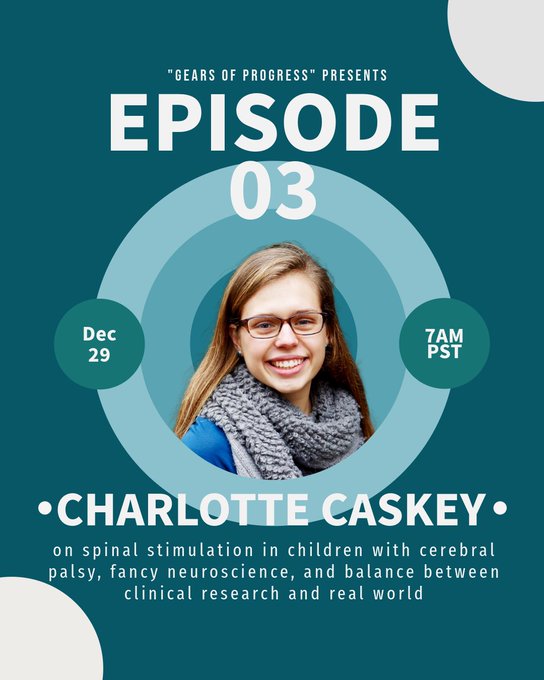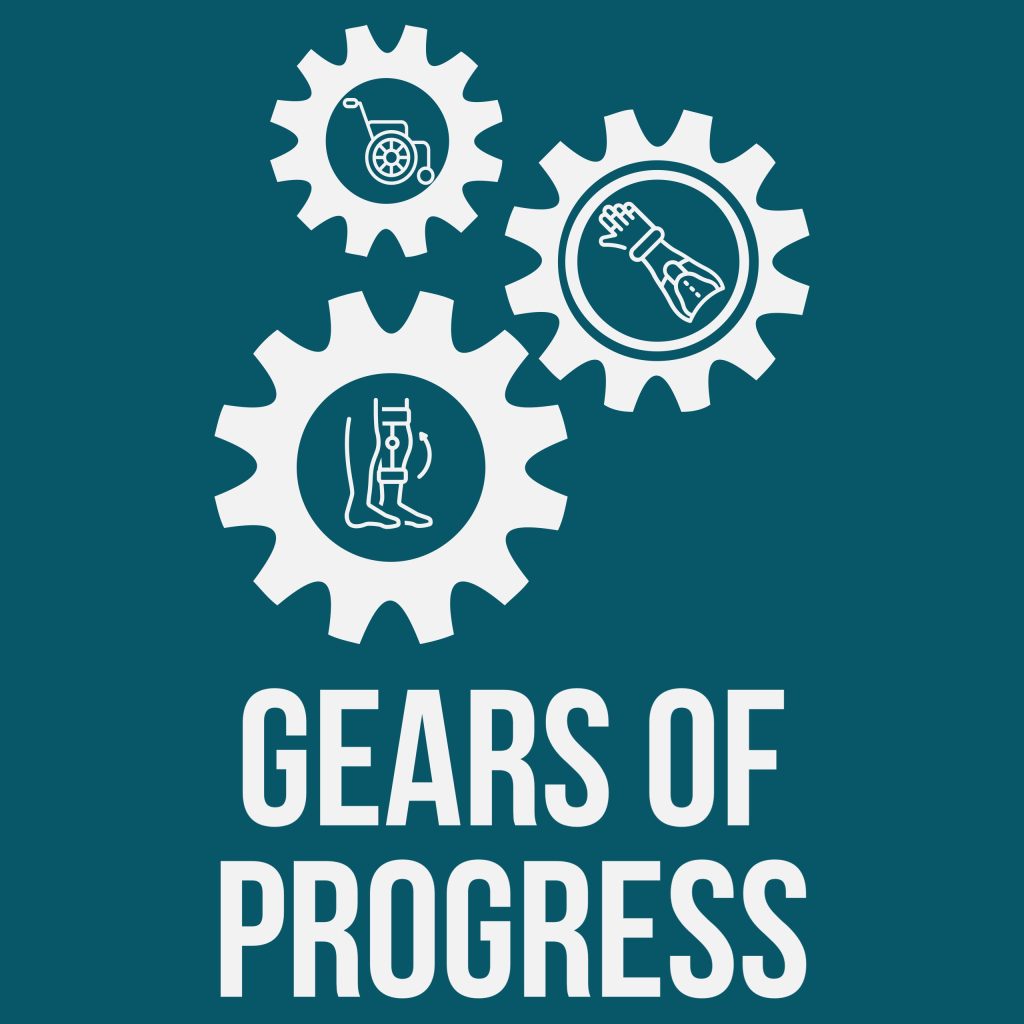Journal Article in IEEE Transactions on Neural Systems and Rehabilitation Engineering
Utilization of hand-tracking cameras, such as Leap, for hand rehabilitation and functional assessments is an innovative approach to providing affordable alternatives for people with disabilities. However, prior to deploying these commercially-available tools, a thorough evaluation of their performance for disabled populations is necessary.
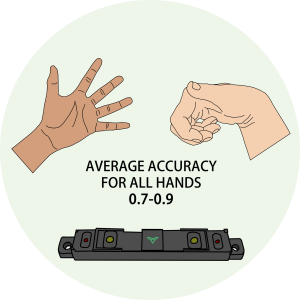 Aim: In this study, we provide an in-depth analysis of the accuracy of Leap’s hand-tracking feature for both individuals with and without upper-body disabilities for common dynamic tasks used in rehabilitation.
Aim: In this study, we provide an in-depth analysis of the accuracy of Leap’s hand-tracking feature for both individuals with and without upper-body disabilities for common dynamic tasks used in rehabilitation.
Methods: Leap is compared against motion capture with conventional techniques such as signal correlations, mean absolute errors, and digit segment length estimation. We also propose the use of dimensionality reduction techniques, such as Principal Component Analysis (PCA), to capture the complex, high-dimensional signal spaces of the hand.
Results: We found that Leap’s hand-tracking performance did not differ between individuals with and without disabilities, yielding average signal correlations between 0.7-0.9. Both low and high mean absolute errors (between 10-80mm) were observed across participants. Overall, Leap did well with general hand posture tracking, with the largest errors associated with the tracking of the index finger. Leap’s hand model was found to be most inaccurate in the proximal digit segment, underestimating digit lengths with errors as high as 18mm. Using PCA to quantify differences between the high-dimensional spaces of Leap and motion capture showed that high correlations between latent space projections were associated with high accuracy in the original signal space.
Interpretation: These results point to the potential of low-dimensional representations of complex hand movements to support hand rehabilitation and assessment.

